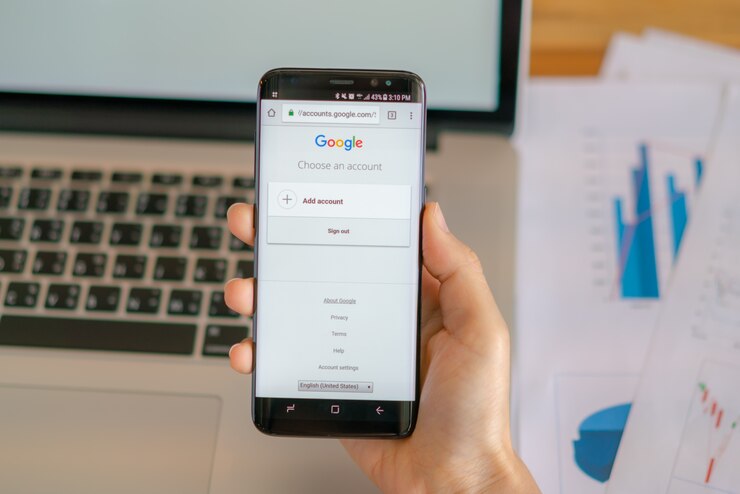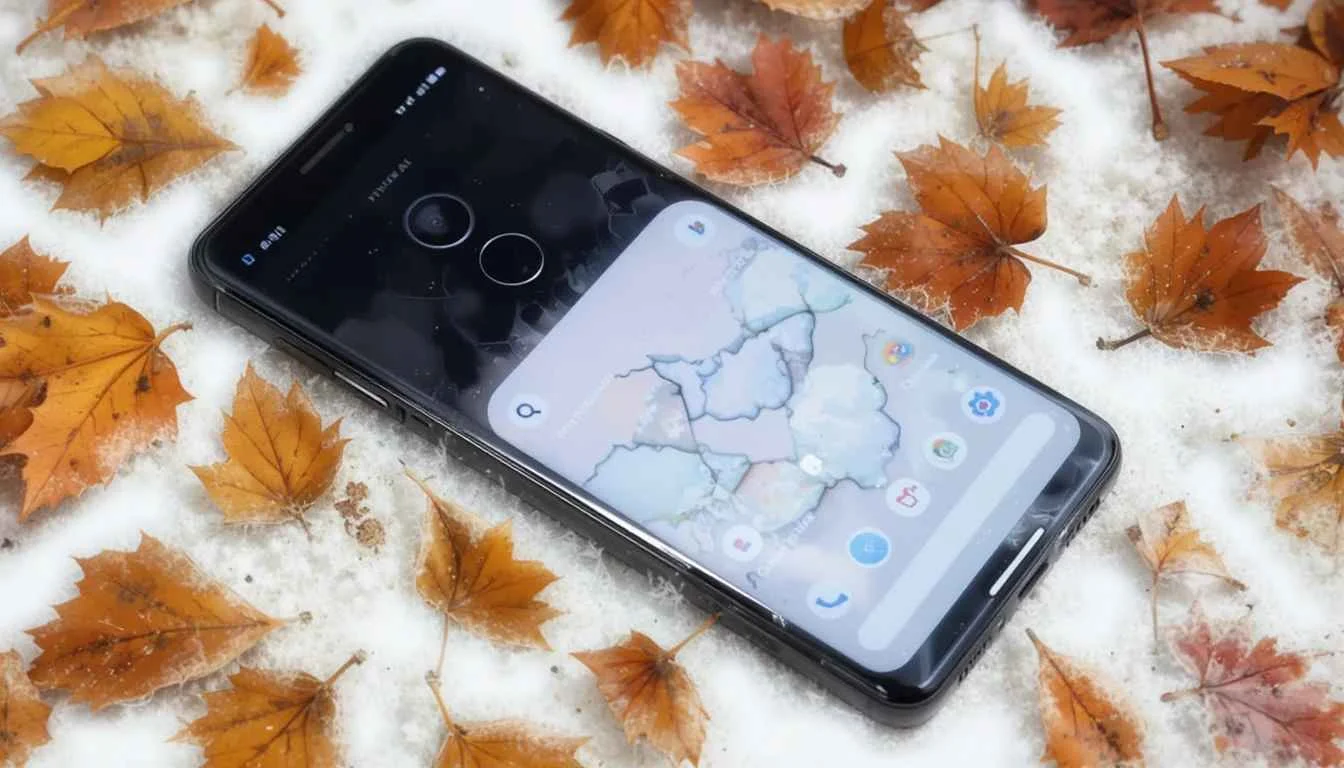If you’ve noticed that the maps showing your purchase locations have vanished from your Google Wallet receipts, or lost your Location for Maps Receipts, you’re not alone.
The update represents a change from the old behavior, during which this information was the default. This is an extensive guide as to what has changed and how to restore your maps.
What Changed?
Previously, when you made a tap-to-pay transaction using Google Wallet, the app would automatically generate a detailed receipt. This shows the merchant’s name, address, and a map of the location.
This was quite an additional feature to budgeting, how you spent your money, and where you bought something.
Without authorising this permission, only the information such as amount, data, and ID of the transaction is displayed. However, the map card is merely absent.
How to Enable “Precise Location” in Google Wallet
Go to the Google Wallet application.
Take a used receipt that lacks the map data.
Tap on this prompt, which will likely take you to your device’s app settings for Google Wallet.
In the app settings, go to Permissions and find Location.
Change the location access to “Allow only while using the app” or a similar option that grants precise location.
What then of Yesteryear Receipts?
One must state that this change is not a retroactive one. Enabling location permission will only affect new tap-to-pay transactions made after the permission is granted.
The location information would not be correct, as past receipts that contained no data in the map. This can be said to be because the app was not picking the needed facts at the moment of the transaction.
Privacy & User Experience Considerations
Positively, it is a step in the direction of greater transparency in the control of permission, with the user having a clear voice.
This aligns with modern privacy best practices, where apps must be upfront about their data requirements.
The new prompt is an excellent call to action since it gives a reason as to why they require permission. For those who are privacy-conscious, this is a welcome change. It can be confusing for users who enjoyed the feature.
It is interesting to note that when Google indicates location deployment in this respect. This is the displaying of map information to the recipient. This move has added a greater extent of location tracking or marketing campaigns.
Conclusion
The change in Google Wallet’s permission requirements is a small but important update. By requiring explicit Location for Maps Receipts, Google is giving users more control over their data.
To access the assisting option of using a map to your new tap-to-pay receipts, all you have to do is grant access and follow the suggestions found within the app itself. This allows you to continue enjoying the full functionality of Google Wallet.
FAQs
Why does Google Wallet now ask for location to show receipts with maps?
Google Wallet requires precise location to accurately pinpoint the merchant’s address on a map and display it as part of a detailed receipt.
How do I enable location permission for Google Wallet?
You can enable it by going to your phone’s Settings → Apps → Wallet → Permissions → Location.
Is the updating of the location of older receipts with the maps a possibility?
No. The consent is not retroactive. Older receipts that were processed without location permission will not be updated with map data.
Is Google tracking or is it marketing?
The location data is to render the position of the merchant on the map that you are using on your receipt. This does not mark any shift in the overall data collection or marketing process of Google.
What exactly counts as a “detailed receipt” in Google Wallet?
The address can be viewed on a map, and a shortcut to call this business.
























